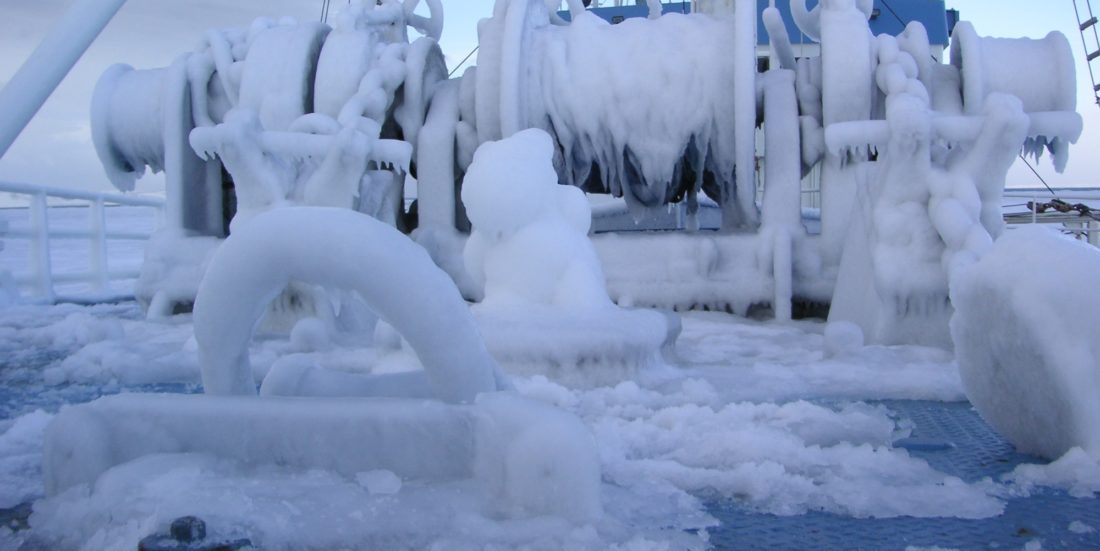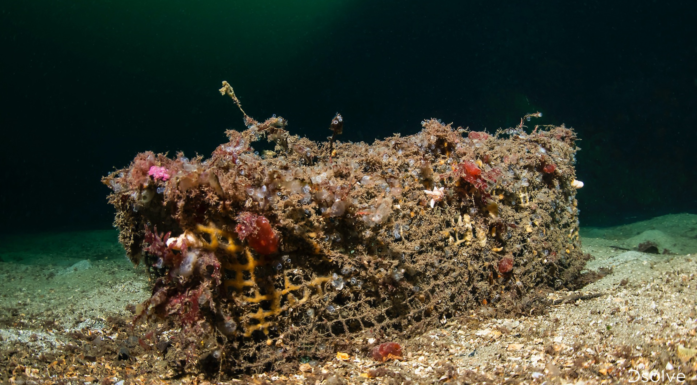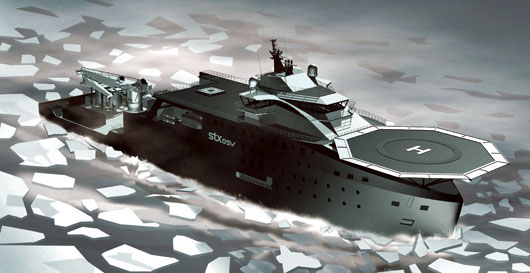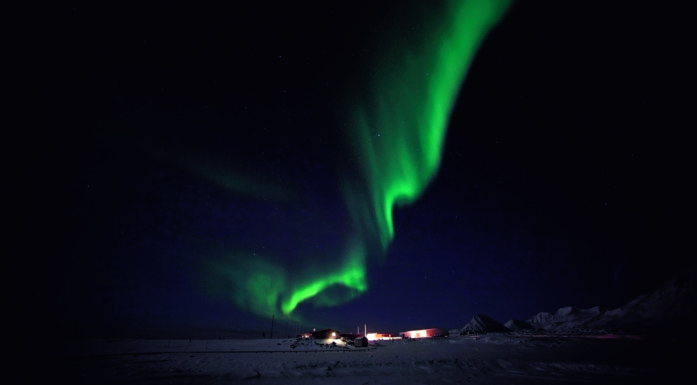Ductile materials for Arctic conditions
The production of oil and gas at temperatures between 40 and 60 degrees below zero means that researchers must advance the development of materials that can withstand these harsh conditions.
The oil industry is heading north. It is said that 30 per cent of remaining gas, and 13 per cent of remaining oil, reserves are to be found in the Arctic. We’re talking about billions.
The Snøhvit and Goliat projects are being developed for operation in temperatures of minus 20 degrees. In the even harsher conditions further north, steel constructions must be able to withstand temperatures as low as minus 60 degrees. But our current materials are not tough enough, because when temperatures fall below minus 20 degrees, the steel becomes brittle and more likely to fracture.
Tests, tests and more tests
Senior researcher Odd Magne Akselsen is heading a group at SINTEF Materials and Chemistry whose aim is to enhance the fracture resistance of construction materials. The idea is to develop precise mathematical models, predict materials properties and make the necessary modifications. To achieve this they need a lot of information at both micro- and nannoscales.
“There are two factors”, says Akselsen. “The ductility (fracture resistance) of a material is dramatically reduced when temperatures fall below zero”, he says. “Moreover, steel plates used in platform construction have to be welded together. After welding, involving high rates of heating and cooling, it becomes easier for cracks to develop”, he says.
– And just one crack is dangerous?
FACTS:
- The KMB (Knowledge-Building Projects with User Involvement) project "Arctic Materials" (2008-2012). SINTEF, NTNU and a number of companies from within the oil and gas sector were involved. Funded by the Research Council of Norway. Budget: Approx. 65 million.
- Follow-up project (2013-2018). Funded by the Research Council of Norway and involving the participation of 18 industry sector partners. SINTEF is acting as project leader, while NTNU has responsibility for the Ph.D. and Master's students. Objective: To establish criteria and solutions for the use of materials in the Arctic region.
- The following companies have participated in one or both projects: Statoil, ENI Norge, Total E&P Norge, Lundin, Scana Steel Stavanger, Trelleborg Offshore, Bredero Shaw, GE Oil & Gas, Aker Solutions, Kværner Verdal, Miras, Technip, JFE Steel Corp., Nippon Steel Corp., Brück Forgings, Posco, SSAB (Ruukki Metals), Kobe Steel, FMC Kongsberg Subsea, Nexans, Borealis, Hydro, Sapa and Marine Aluminium.
In order to avert such hazards, the researchers are carrying out numerous tests involving the flexing and stretching of cracks inserted into welds, followed by the examination of small samples using an electron microscope.
Does a crack make a noise?
The researchers are currently testing a new technology that involves taking measurements using acoustic signals. They attach a sensor and sound heads to the samples while they deform and stretch them.
“We record a small signal when the crack begins to develop”, says Akselsen. “It’s like the sound of breaking glass. We stop the test at the first indication of a sound, and put the sample under the microscope to find out where the signal has come from. Even though this may occur in a small grain just a few micrometres across, we enlarge everything to let us see where the microfracture was initiated”, he says.
– And then?
“Yes, then we can find out why it happened, and then look into how we can make modifications to prevent it.”, says Akselsen.
Shifting the ductility curve
Akselsen is a “greybeard” with extensive experience in the world of materials science. He is the enthusiastic senior scientist generating passion for the work among the younger aspiring researchers in his team.
He is now talking a lot about the “ductility” or “transition” curve which determines at what temperatures a material changes from being ductile to brittle.
“Somehow we have to find a way to shift this curve towards a lower temperature range”, says Akselsen. “This is incredibly complex work, but we believe we’re on the right track”, he says.
It is a major advantage having NTNU participate in the project with a number of its Ph.D. and Master’s students. Akselsen reveals that a female Master’s student has recently succeeded in introducing a crack exactly where researchers wanted it in a sample of test material only a few micrometres across.
“This is incredibly valuable work”, says Akselsen. “So now we know how the brittle phase will behave under deformation”, he says. “Studying local strength and ductility properties at this level allows us to develop more accurate models which can be used to predict unwanted incidents”, he explains.
Aluminium is also being tested
Aluminium will also be tested as part of this project to see if it can be adapted for use under Arctic conditions.
It can be used to construct accommodation modules, gangways and staircases installed on platforms. Because aluminium is lighter than steel, it can generate weight savings during the transport of subsea components from the mainland into Arctic waters.
There are many issues that remain unresolved. The researchers are well aware that improvements in quality will be needed when the oil industry starts to produce hydrocarbons north of the Goliat field.
“The lower temperatures mean that there is a risk that only 80 per cent of the strength of current steel products can be utilised”, says Akselsen. “If we are to succeed in shifting the ductility curve down to 50 degrees below zero, basic materials must be modified to provide an adequate ductility margin”, says Akselsen.
“Our task today is to consolidate our know-how and testing methods, and accumulate test results. This will be a valuable foundation which the oil and gas industry can use as a guide”, he says.




